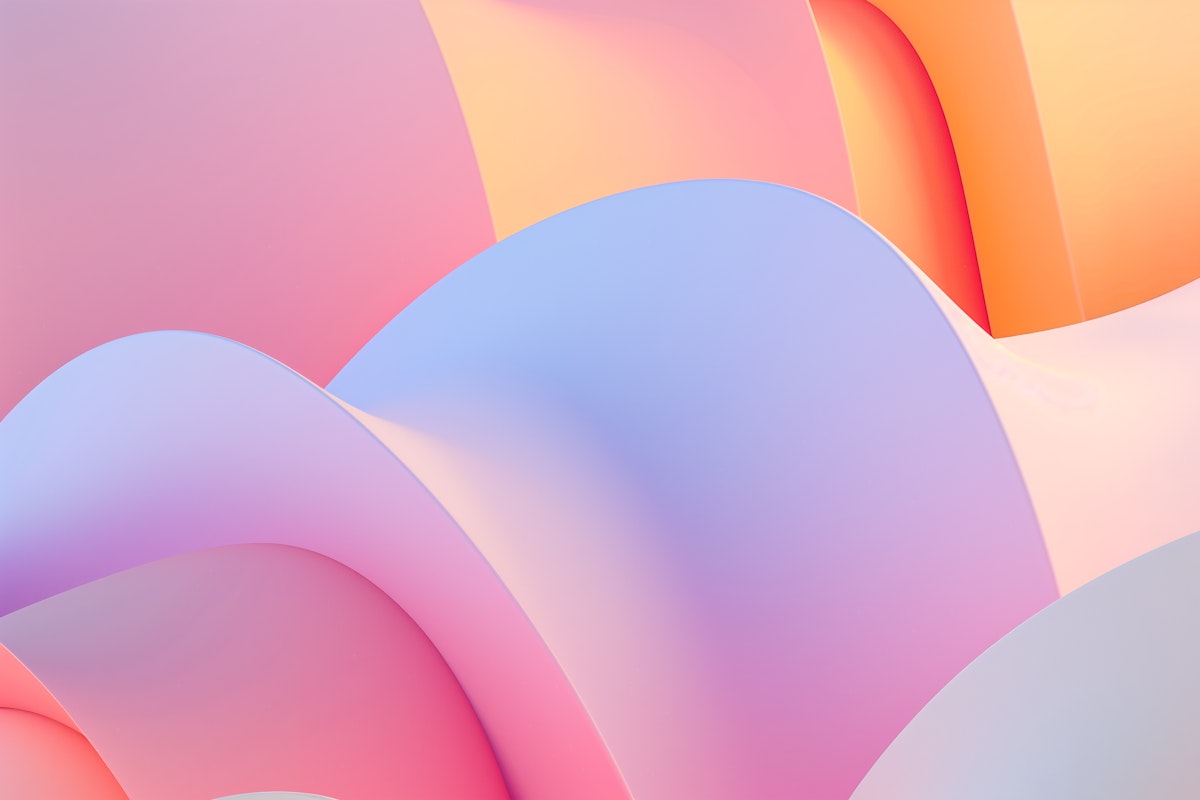contributors

Ashley Cook
Director of Research, Brand Experience

John Neuhoff
Senior UX Researcher, Brand Experience
share article
When it comes to understanding user behavior, surveys and usability tests can sometimes fall short. If you’re looking for a more immersive and contextual approach, ethnographic research is the key. By stepping into the user’s world, you can gain a deeper understanding of their actions, motivations and experiences in their natural context.
Empower your UX Design Process and Provide Actionable Insight
Ethnographic research offers a unique opportunity to immerse yourself in the user’s world and gain intimate insights. Unlike surveys or interviews, this approach allows you to witness emotional responses, frustrations, and moments of delight that users experience firsthand. For example, by observing how users interact with a fitness app in various settings such as the gym, work, or home, you can uncover unique usage habits and identify unmet needs. Sharing these vivid observations with your team fosters empathy and helps drive user-centered decisions. Here’s a few tips to maximize your impact with Ethnographic research:
01.
In the Field—Observation & Insight
Ethnographic research is not a sprint but a journey. Take the time to fully immerse yourself in the user’s environment to gather unbiased data. Pay attention to small details, as they can reveal important insights that may inform design improvements.
02.
Interaction & Flexibility
Engaging in dialogue with users enhances your understanding. By asking questions and seeking clarification, you can gather invaluable context to complement your observations. Adaptability is key; if you notice users struggling with a particular feature, be open to adjusting your research focus to address their needs effectively. Thorough, ‘thick descriptions’ are essential. A ‘thick description’ involves providing a detailed account of field experiences, going beyond surface-level facts to interpret the context and meanings ascribed by individuals. For instance, when a user consistently overlooks a crucial feature like a shortcut button on a digital thermometer, it is crucial to delve deeper into the reasons behind this behavior. Are they unaware of it? Do they prefer the longer route due to a habit formed from an older model? These explorations can provide profound insights.
03.
Venture Into the Digital World
Ethnographic research isn’t limited to physical spaces; it is equally valuable in the digital realm. When conducting digital ethnography, stay observant. Look beyond mere clicks and scrolls. Observe pauses, hesitations, and expressions to uncover user experiences at a deeper level. Contextualize interactions by investigating why users choose certain pathways on a website or app and determine whether they follow the design’s intuitive flow or circumvent due to familiarity.
04.
Embrace Mixed Methods
By combining tools like A/B testing, user interviews, and heat maps, you can gather quantitative and qualitative data that provides a holistic understanding of user behavior.
Ethnographic research is a powerful tool for UX designers seeking a deeper understanding of user behavior. By immersing yourself in the user’s world, you can build empathy, uncover hidden insights and make more user-centered design decisions. Remember to spend ample time in the field, engage in dialogue with users, and venture into the digital realm to maximize the impact of your ethnographic research.
Like this article? Like or share it with your own tips and tricks.





